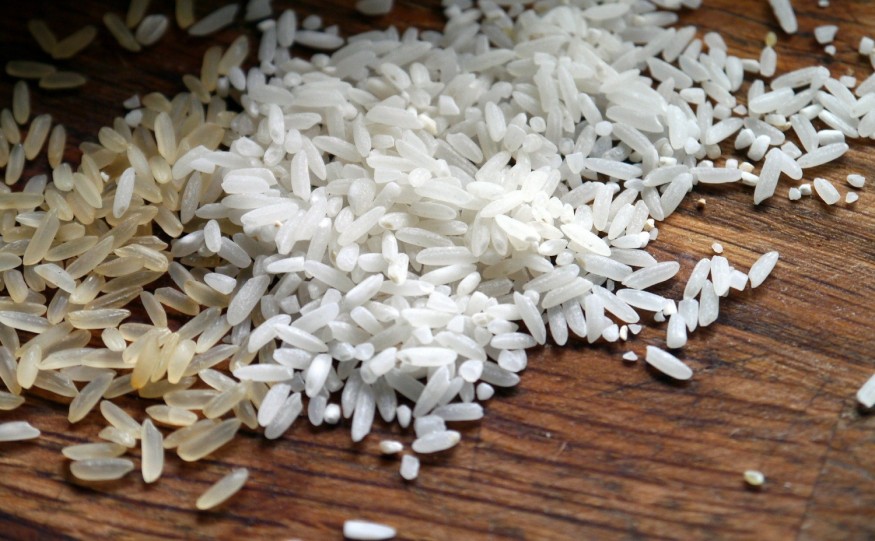Rice is the most important food crop, and a large part of the world's population consumes rice as their main food source. According to Ricepedia, nine out of ten people who eat rice are Asian, but lately, it is slowly growing popular in Africa, Latin America, and the Caribbean.
However, a recent study has confirmed that the increased global premature deaths every year can be linked to prolonged low-level exposure to arsenic in rice-based diets.

Read Also: Eating White Rice Daily Increases the Risk of Diabetes
Arsenic Exposure in Rice-Based Diets
Arsenic is a well-known acute poison and a natural component present in the air, water, and land. People get exposed to arsenic by drinking contaminated water or using contaminated water to prepare food, and irrigation of food crops, industrial processes, eating food contaminated by arsenic and smoking tobacco.
People could get long-term exposure to arsenic when they drink water consume food with low-levels of arsenic. According to the World Health Organization, people could get cancers, skin lesions, and cardiovascular diseases if exposed in long-term to arsenic.
Of all food crops, rice tends to concentrate more inorganic arsenic. With over three billion people who consume rice as a major part of their diet, scientists estimate that it could give rise to over 50,000 avoidable premature deaths per year.
The study was conducted by researchers from the University of Machester and the University of Salford. They explored the relationship between rice consumption and cardiovascular diseases caused by arsenic exposure in England and Wales.
The researchers published their findings in the journal Science of the Total Environment, which showed a significant association between elevated cardiovascular mortality and the consumption of inorganic arsenic in rice.
The researchers ensured that other factors, such as obesity, smoking, age, lack of income, and education, are ruled out before making their conclusion.
One of the researchers, Professor David Polya from the University of Manchester said their study suggests that the highest 25% of people who consume rice in England and Wales may have a higher risk of dying due to cardiovascular disease from inorganic arsenic exposure compared to the lowest 25% of rice consumers.
"The modeled increased risk is around 6% (with a confidence interval for this figure of 2% to 11%). The increased risk modeled might also reflect in part a combination of the susceptibility, behaviors, and treatment of those communities in England and Wales with relatively high rice diets," said professor Polya.
Read Next: Study Shows Around 95 Percent of Baby Food Contain Metal
Is Rice Not Advisable to Eat?
The researchers suggest that a more robust study should be conducted to confirm their findings. According to them, eating rice has many beneficial effects on human health due to their high fiber content.
Rather than avoid eating rice, the team suggests that people could consume a variety of rice, like basmati, and different types like polished rice, which are known to have lower inorganic arsenic contents compared to whole grain rice.
Lastly, people could also practice other positive behaviors, like eating a balanced variety of staples and not just rice.
Read More: Leukemia Treatment Can Potentially Treat Pediatric Brain Cancer











